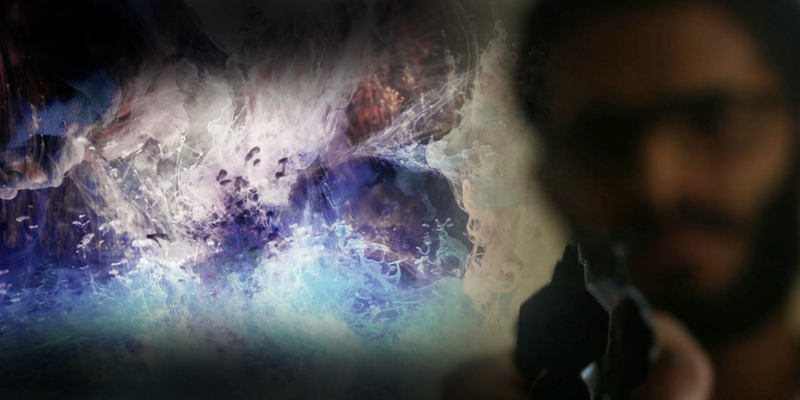Friday, March 31, 2017

On February 23 we invited the public to join us to view the ten Quantum Shorts finalists. For the filmmakers, the wait is over: the judges have deliberated on how to award our top prizes and over 1,000 of you have voted to decide the People’s Choice prize.
“I was impressed by the wide range of approaches taken by the participants,” said judge Professor Brian Greene, author, physicist at Columbia University, New York, and co-founder of the World Science Festival.
Alex Winter, filmmaker and writer – and another of the judges – said, “It was great to see so many varied approaches to quantum, in terms of narrative form, cinematic style and humour. All of the shorts had a lot to offer!”
After collating the inputs from the six final judges, we are proud to award the top prize to Novae. Its creator, Thomas Vanz, is a filmmaker based in Paris.
Novae shows what happens when a giant star explodes, moving through the phase of “supernova” to the formation of a black hole. Understanding these processes is widely considered essential to creating a much-needed theory of “quantum gravity” that fills in the blanks left by relativity and quantum physics. In an interview for Quantum Shorts, Vanz said: “It is one of the most comprehensive events of the universe.”
Remarkably, Vanz created the film using shots of ink in an aquarium set up in his garage. Judge Honor Harger, Executive Director at the ArtScience Museum at Marina Bay Sands, Singapore, praised this film’s “ravishing visuals and stunning sound.” Novae, she said, “creates the feeling of moving inside a star and experiencing matter from within.”
FIRST PRIZE
Novae by Thomas Vanz
“To experience the feeling of winning a festival for the first time, it’s kind of breathtaking. I really didn't know when I made this movie in my garden's hut that it could go so far," said Vanz.
The second prize-winning film is The Guardian, by Dr Chetan V. Kotabage, Assistant Professor in Physics at the KLS Gogte Institute of Technology in Karnataka, India. This film is both the judges’ Runner Up and the People’s Choice prize-winner.
The Guardian tells of a love triangle between young people - electron, wave and particle – and its dramatic consequences. The film’s narrative and staging bring to life some of the central concepts of quantum physics. “I love that it is looking at quantum physics through a cultural lens,” said Eliene Augenbraun, Multimedia Managing Editor for Nature Research Group, who chose this film as her favourite.
PEOPLE'S CHOICE & RUNNER UP
The Guardian by Dr Chetan V. Kotabage
The diversity of the Quantum Shorts finalists and the wide perspective of our expert judges – coming from the fields of physics, film and art – meant that competition for the prizes was fierce. Other films that earn honourable mention for being first choice on at least one judge’s list are Approaching Reality, Together – Parallel Universe, and Bolero.
The judges noted the high standard of entries overall. “I was really impressed by the quality of the filmmaking and the ideas,” says Charlotte Stoddart, Nature’s Chief Multimedia Editor.
The Quantum Shorts festival is organized by the Centre for Quantum Technologies at the National University of Singapore. "We run the Quantum Shorts film festival to share the creativity and big ideas of quantum physics through the creativity and vision of filmmakers,” says Ekert, the Centre’s Director. “The filmmakers who participated, along with the festival's media partners, scientific partners including the Institute for Quantum Computing and screening partners, have helped us inspire audiences around the world, and we’re hugely grateful for their efforts.”
Quantum Shorts will return later this year. Continuing its alternation between short films and flash fiction, the call this year will be for short stories. Announcements will be available via the Quantum Shorts Twitter account and Facebook page.